The Ultimate Guide to Choosing the Best Mist Sprinkler System for Your Garden
When it comes to maintaining a lush and vibrant garden, selecting the right irrigation solution is crucial. A Mist Sprinkler System is a popular choice for gardeners looking to effectively water their plants while minimizing water usage. This guide provides you with essential insights and practical tips on how to choose the best mist sprinkler system tailored to your garden's unique needs.

Whether you are looking to create a tranquil misty oasis or simply aiming to keep your plants hydrated during the hot summer months, understanding the various options available can make all the difference. From evaluating the size of your garden to considering the types of plants you have, our comprehensive overview will equip you with the knowledge you need to make an informed decision.
Dive into the world of mist sprinkler systems and discover how they can enhance your gardening experience while promoting a healthy and flourishing environment.
Understanding Different Types of Mist Sprinkler Systems Available for Gardens
 When it comes to choosing the best mist sprinkler system for your garden, understanding the different types available is crucial for optimal performance and water efficiency. Mist sprinkler systems can be broadly classified into three categories: stationary, oscillating, and rotating systems. According to a 2022 report by the Irrigation Association, stationary systems are the most common choice among gardeners, providing focused coverage for specific plant areas. These systems often utilize low-pressure mist jets that deliver fine droplets, minimizing evaporation and ensuring adequate moisture levels in the soil.
When it comes to choosing the best mist sprinkler system for your garden, understanding the different types available is crucial for optimal performance and water efficiency. Mist sprinkler systems can be broadly classified into three categories: stationary, oscillating, and rotating systems. According to a 2022 report by the Irrigation Association, stationary systems are the most common choice among gardeners, providing focused coverage for specific plant areas. These systems often utilize low-pressure mist jets that deliver fine droplets, minimizing evaporation and ensuring adequate moisture levels in the soil.
On the other hand, oscillating and rotating systems offer more extensive coverage, making them ideal for larger gardens. Oscillating systems operate by moving back and forth, distributing water evenly across a wide area, while rotating systems emit water in a circular pattern, which can reach various angles and distances. Research from the American Society of Agricultural and Biological Engineers suggests that using a rotating system can improve water usage efficiency by up to 25%, compared to traditional stationary systems. Selecting the right type of mist sprinkler system based on your garden's size and specific watering needs can significantly enhance plant growth and conserve water.
Key Features to Look for in a Mist Sprinkler System
When selecting the best mist sprinkler system for your garden, there are several key features to consider. One of the most important aspects is the system's water efficiency. According to a report by the Irrigation Association, efficient systems can reduce water usage by up to 50% compared to traditional irrigation methods, making them not only eco-friendly but also cost-effective in the long term. Look for models that feature adjustable misting nozzles, which allow you to tailor the water distribution according to the specific needs of your plants.
Another critical feature is durability and ease of maintenance. A survey by the American Society of Landscape Architects indicated that nearly 70% of garden professionals prefer misting systems made from corrosion-resistant materials such as stainless steel or high-quality plastics, which ensure longevity even in harsh weather conditions. Additionally, systems equipped with self-cleaning mechanisms can save gardeners time and effort, as they minimize the risk of clogs and ensure consistent performance. By prioritizing these features, you can choose a mist sprinkler system that will enhance your garden's growth and resilience.
The Ultimate Guide to Choosing the Best Mist Sprinkler System for Your Garden - Key Features to Look for in a Mist Sprinkler System
| Feature | Description | Importance |
|---|---|---|
| Coverage Area | The size of the area that the mist sprinkler can effectively cover. | High |
| Water Pressure | Required water pressure to operate the system efficiently. | High |
| Adjustable Spray Angles | Feature that allows you to change the mist direction. | Medium |
| Durability | Materials used to ensure the system withstands weather conditions. | High |
| Ease of Installation | How simple it is to set up the mist sprinkler system. | Medium |
| Timer/Automation | Built-in timer or smart features for automated watering schedules. | High |
| Cost | Price range of the system and value for money. | Medium |
| Water Efficiency | How effectively the system minimizes water waste. | High |
Advantages and Disadvantages of Various Mist Sprinkler Types
When selecting a mist sprinkler system for your garden, understanding the
advantages and
disadvantages
of various types can significantly impact your gardening success. One primary
advantage of mist sprinklers is their ability to create a fine mist that can
help conserve water while providing adequate moisture to plants. According to
a report from the Irrigation Association, proper misting can reduce water usage
by up to
30%, making it
a more sustainable choice for water-conscious gardeners. Additionally, the
cooling effect of misting can help manage temperatures in hot weather, promoting
healthier plant growth.
However, there are also disadvantages to consider. High humidity levels from mist systems can foster a breeding ground for mold and pests if not managed properly. Moreover, mist systems can require more maintenance compared to traditional sprinklers, as the nozzles often clog and may need regular cleaning. Research indicates that a significant number of gardeners report issues with the long-term durability of certain misting systems, suggesting that the initial investment can lead to unexpected costs over time due to repairs or replacements. Thus, understanding these trade-offs is crucial for making an informed decision that aligns with both your gardening goals and maintenance capabilities.
Choosing the Right Mist Sprinkler System Based on Garden Size and Plant Types
When selecting a mist sprinkler system for your garden, it's crucial to assess both the size of your garden and the types of plants you cultivate. Larger gardens may benefit from a more extensive network of misting lines that can ensure even coverage, preventing dry spots that can stress your plants. In contrast, smaller gardens can utilize compact systems or even portable misting units, allowing for flexibility and ease of setup. The layout of your garden, including pathways and plant arrangements, also plays a significant role in determining how to effectively position your misting system.
The types of plants you are growing will further influence your choice of a mist sprinkler system. Delicate plants, such as orchids and ferns, often require fine misting to achieve the right humidity levels and prevent over-watering, while heat-loving plants like succulents benefit from less frequent, but more intense, moisture bursts. Understanding your plants' specific needs will lead you to choose a system with adjustable settings to customize the mist output, ensuring optimal growing conditions throughout the year. By carefully considering both garden size and plant types, you can create a comfortable microclimate that promotes healthy growth and blooming.
Installation and Maintenance Tips for Your Chosen Mist Sprinkler System
When installing a mist sprinkler system in your garden, proper setup and maintenance are essential for optimal performance. According to a report by the Irrigation Association, efficient irrigation systems can reduce water use by up to 50% while improving plant health. Before installation, ensure to assess your garden's layout and plant types to choose a system that delivers the right amount of moisture. Consider a system that offers adjustable spray angles and droplet sizes, enabling you to customize the mist output based on specific plant needs.

Regular maintenance is also vital to ensure longevity and efficiency. Industry leaders recommend inspecting your mist system at least twice a year, focusing on nozzle cleanliness and system pressure. Clogging can reduce the effectiveness of your watering schedule, and maintaining a pressure of around 30-50 psi is crucial for optimal mist efficiency. Additionally, seasonal adjustments to the watering schedule, particularly during hot months, can help manage water usage effectively, aligning with findings from the American Society of Agricultural and Biological Engineers, which emphasize the importance of adaptive irrigation practices.
Related Posts
-
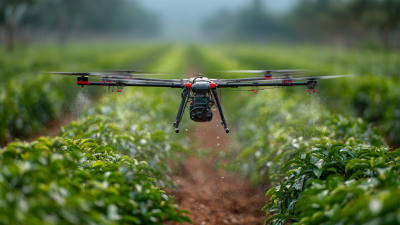
How to Optimize Your Mist Sprinkler System for Maximum Efficiency and Coverage
-
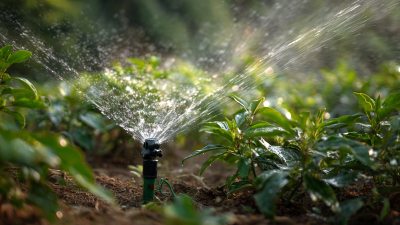
How to Choose the Best Mist Sprinkler System for Your Garden
-

Understanding the Differences Between Various Fire Sprinkler Systems
-
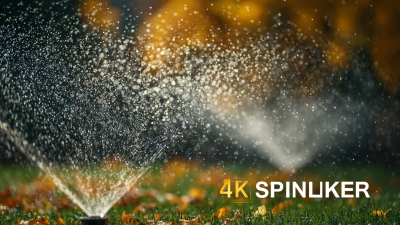
Ultimate Guide to Best Sprinkler Systems Installation: 7 Key Specifications You Must Know for Optimal Efficiency
-
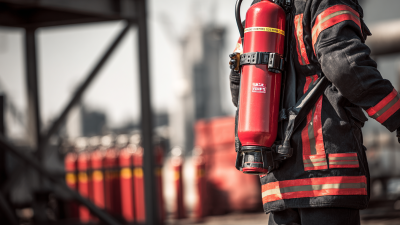
The Evolution of Fire Fighting Systems: From Extinguishers to Smart Technology
-
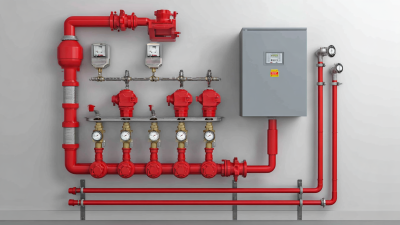
7 Essential Tips for Choosing the Best Home Fire Sprinkler System
